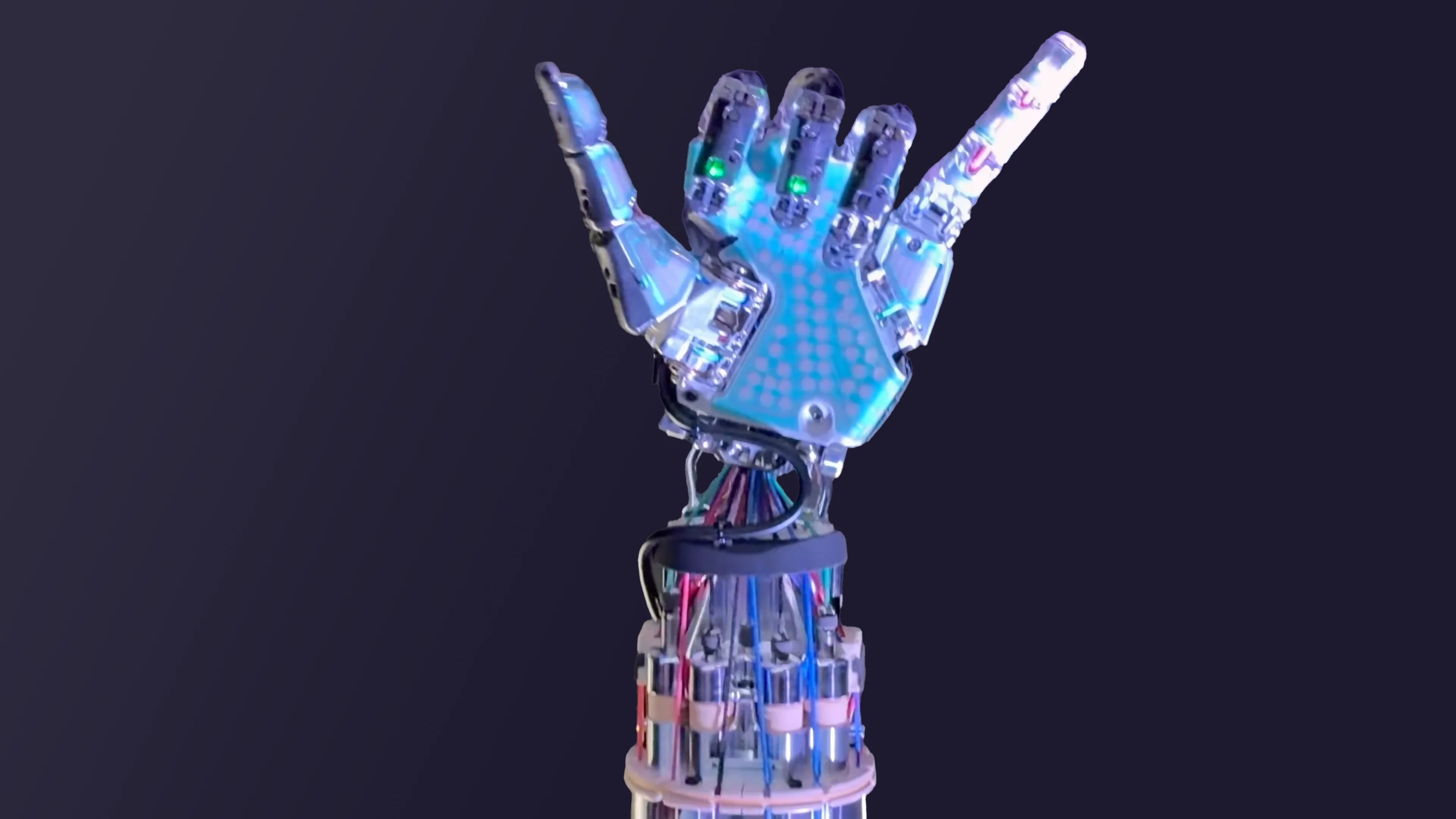- Published on
Tesla’s Next Optimus Hand to Feature 50 Actuators, Musk Says, Eclipsing Current Prototype

Elon Musk has set a new, ambitious target for the dexterity of the Optimus humanoid robot, claiming its next-generation hand will be vastly more complex than the prototype recently displayed to the public.
In a virtual fireside chat with Ron Baron of Baron Capital on November 14, Musk stated that the new hand is "extremely complex," featuring 50 actuators. "So that’s 100 per robot," he added.
This level of dexterity, he argued, is essential for the robot to perform intricate tasks.
Musk tied this capability to Tesla's revised mission of achieving "Sustainable Abundance," suggesting the robot could revolutionize sectors like healthcare. "Imagine a world where everyone has access to the best surgeons," Musk posited. "Optimus will have the level of precision that is, frankly, superhuman, and will be able to do medical procedures... Perhaps things that really humans can’t even do."
"They don’t grow on trees. But now they will get built in factories." Elon Musk explains the "extreme complexity" of the 50-actuator Optimus hand, framing it as the key to Tesla's "Sustainable Abundance" goal and a future where "superhuman" surgical precision is available to
A 'Completely Different' Hand
Musk's 50-actuator claim is striking because it represents a dramatic leap from the "V2.5" hand prototype shown at Tesla's 2025 shareholder meeting. That hand was the subject of a detailed breakdown by robotics expert Scott Walter on the "Dr. Know-it-all Knows it all" YouTube channel.
Based on close analysis of footage from the meeting, Walter concluded the V2.5 hand operated using only 17 actuators, all housed in the forearm. Walter's analysis concluded the V2.5 hand was "state-of-the-art circa 2015" and pointed out functional flaws, such as large gaps between the fingers when closed, which would prevent it from grasping small, thin objects.
A V3 Leap
The massive gap between the 17-actuator prototype and the 50-actuator goal confirms what Tesla's team has been signaling: the hardware shown to shareholders is already obsolete.
Musk himself was careful to note at the shareholder meeting that the hand on display was not the "V3" hand, which he called "special."
Walter speculated that Tesla may have intentionally displayed the "junk" V2.5 hand to mislead competitors, effectively "open sourc[ing] an obsolete design." Musk's new comments all but confirm that the V2.5 design has been superseded.
The Manufacturing Hurdle
The challenge now shifts from a 17-actuator system to a 50-actuator one—a nearly 200% increase in complexity per hand. This dramatically raises the manufacturing stakes, which Musk has repeatedly called the "immense" bottleneck for the Optimus program, citing a "non-existent" parts supply chain.
Tesla's production-intent "V3" prototype is slated for a Q1 2026 reveal. This is presumably the first time the public will see the 50-actuator hand Musk is banking on.
Tesla must now not only finalize this "superhuman" hand but also solve the immense challenge of mass-producing it by the millions—starting with its planned 1-million-unit line in Fremont, California —all while trying to hit Musk's ambitious $20,000 production cost target.
Watch the analysis below:
Share this article
Stay Ahead in Humanoid Robotics
Get the latest developments, breakthroughs, and insights in humanoid robotics — delivered straight to your inbox.